Think you know everything about Native Ads? Think Again. Native advertising will drive 74% of all ad revenue by 2021, according to Business Insider. So when most (74%) of your competitors are using the same ad format, how do you make sure your ads stand out from the crowd? We’ve looked through dozens of reports and stats and spoke with experts to find out for you.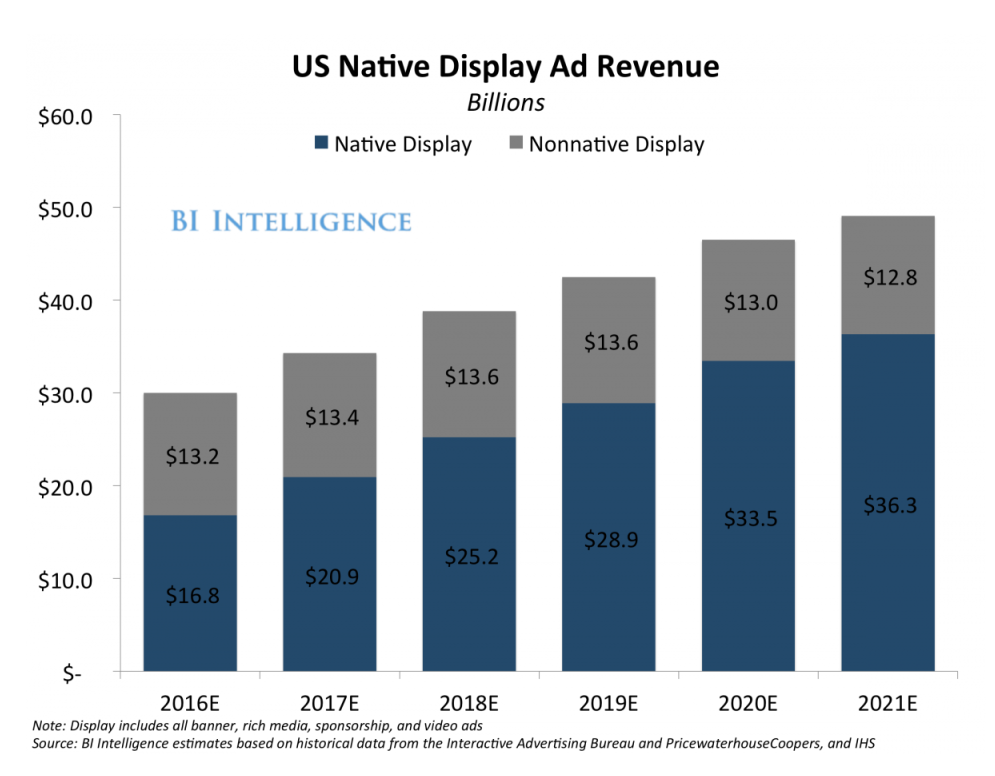
Why You Can’t Afford to Ignore Native Ad Formats
Let’s first begin by stating the reasons you need to use native ad formats. Users are generally more likely to engage with content that’s relevant to them at that moment. ShareThrough published a report showing that native ads are 53 percent more frequently looked at by consumers than display ads. Thirty-two percent of the respondents even went ahead to say that they would share these ads with friends and family, while only 19 percent would share traditional ads.
An outcome of native advertising is higher engagement with the viewers, which can help you with objectives including branding, as with in-feed ads, or performance, with search or app downloads formats, for example.

Best Practices
Native Ads Case Studies
The success of native advertising hinges on the ability to target a specific audience and tailor the content appropriately.
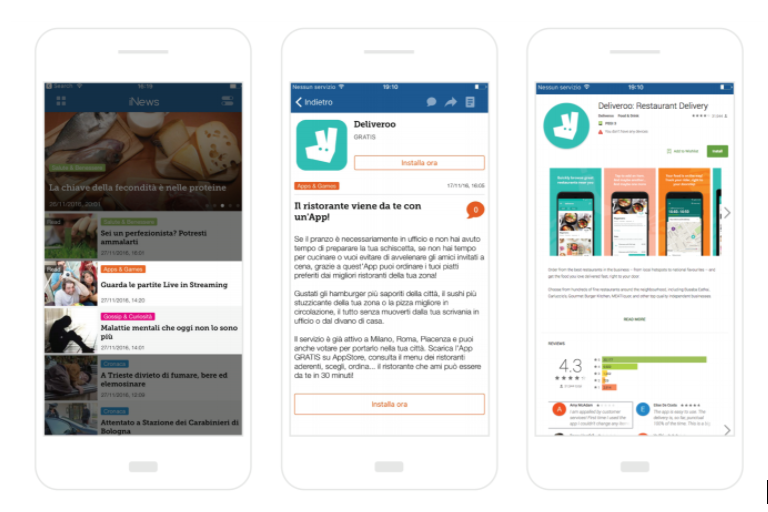
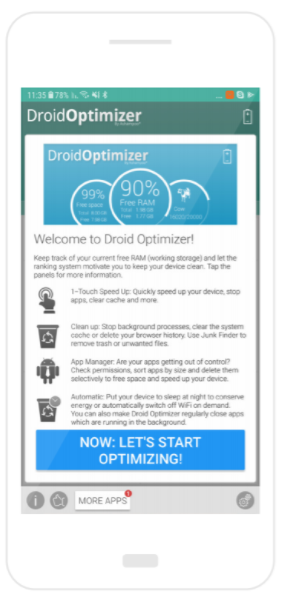

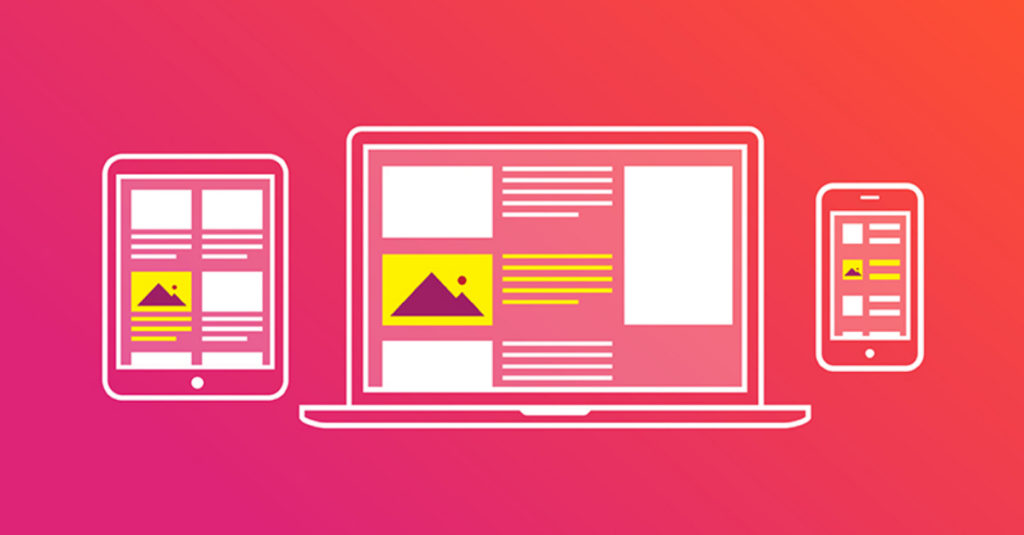
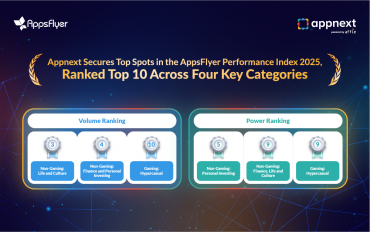

Comments are closed.